The Grand Tour Is Done: It’s Time To Let Go
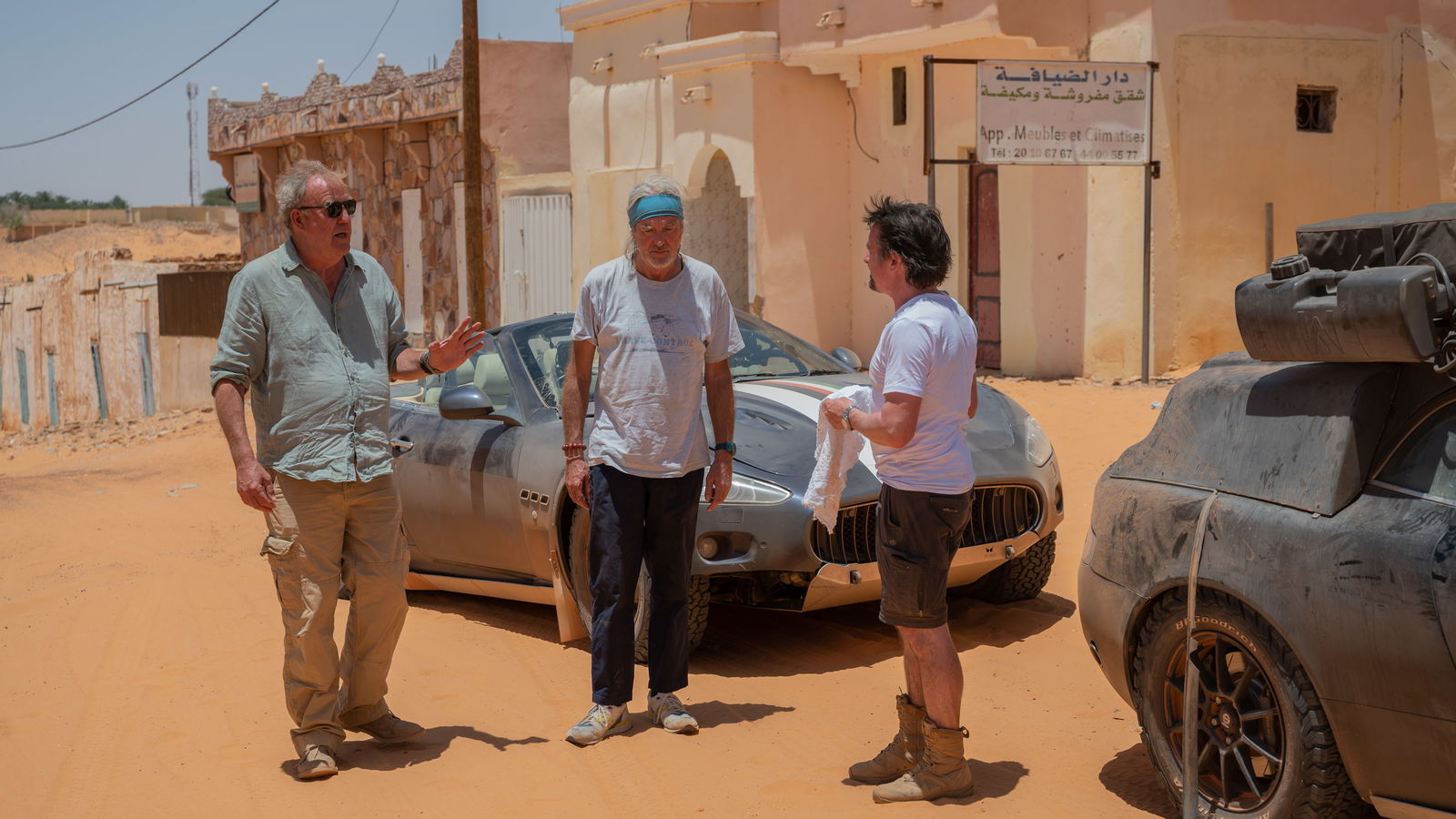
Well, this feels familiar. Time is up for Clarkson, Hammond and May and their world-famous car show, but in their stead the show they essentially created looks like it’s going to carry on regardless, with a whisper of new presenters and perhaps an unknown, uncertain or just plain unspeakable change to the format. This really is happening again, leaving producers to decide whether to walk the tightrope that the three genre-defining presenters will again leave behind.
It’s about nine years since the whole mess that ended Top Gear as we knew it. The thing is, when one of your lead presenters punches a producer over a minor row about hospitality, there’s not really a lot of room to move on and/or forget about it. It’s always going to be game over, and fracas-gate proved an inescapable gravity well for the show and its makers.
First, a quick recap. Director Andy Wilman left the show to follow his good buddy Clarkson, as did script editor Richard Porter, no doubt a bunch of other key people from behind the scenes and, of course, the other two-thirds of the first truly globally famous car show presenting trio. It was a new dawn for the three old dogs attempting to learn some same-but-different tricks with complete editorial freedom, except that they couldn’t nick any of the stuff the BBC still owned the rights to, like the Star in a Reasonably Priced Car segment.
Anyway, it went well enough. The Grand Tour itself was good, if not especially original, and it found a way to sustain itself even if one or two spin-off ventures online never really did. There were warning signs, in the way that the online forums backed by the GT presenters kinda flopped, that the support was there but it wasn’t at the exponential levels it had been maybe six or seven years prior.
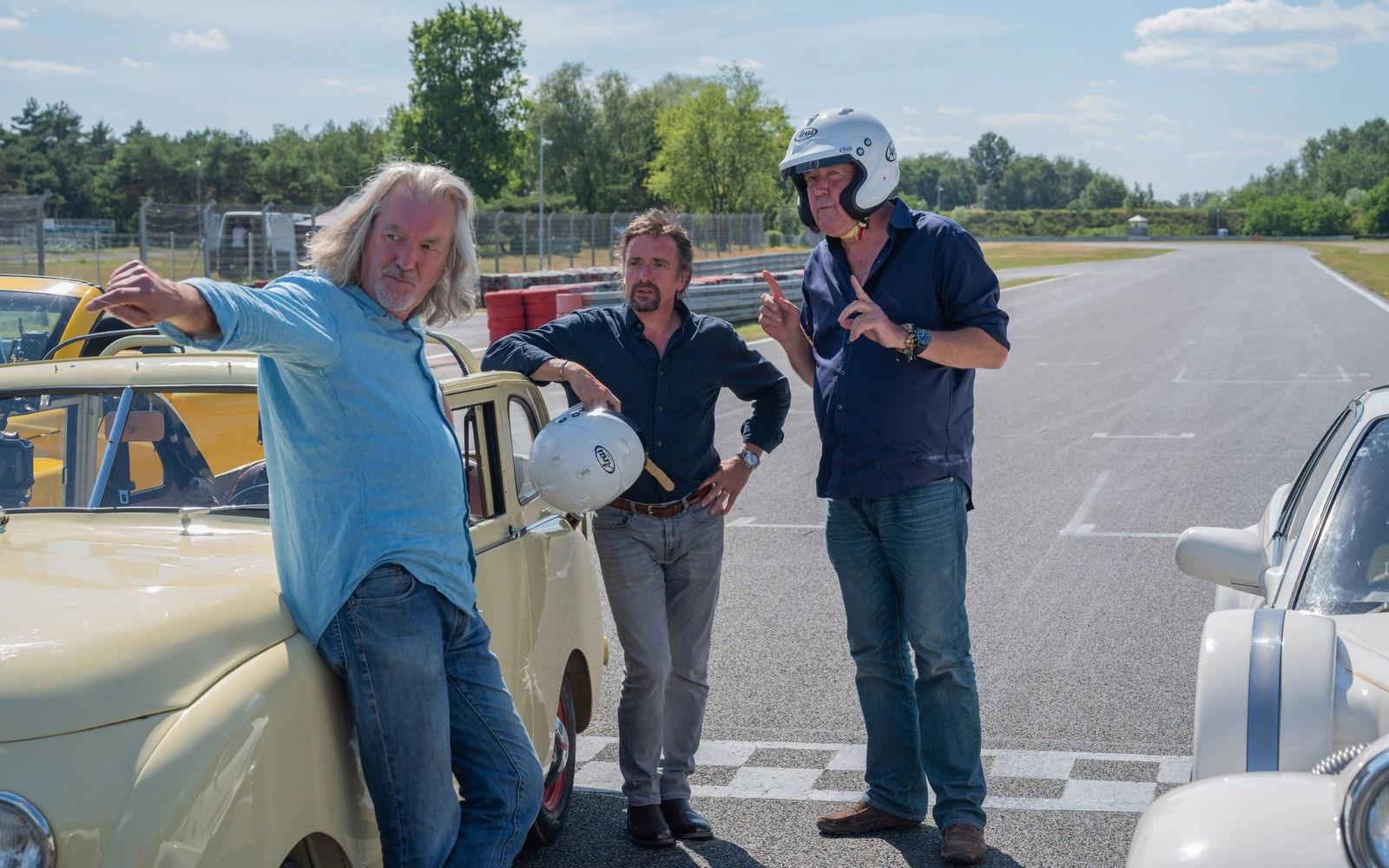
The success of pre-punch Top Gear was a rod for the Grand Tour’s back. It made it nigh-on impossible to fashion the Grand Tour into something better, because, despite having left the BBC to pursue greater freedom, the latter show always seemed to be missing some of the studio-based stuff Top Gear always did so well. The presenters carried it and made the on-screen stuff work, if at times only just, by sheer brute force of charisma and chemistry. Which is almost certainly why the studio stuff was eventually binned altogether in favour of on-location specials.
As the BBC found out, you can’t just replace these guys. Nor can you feed them blended vegetables and rusks and expect them to regain any of their youth, and in recent episodes the old energy does seem to be lacking. It’s definitely time for them to stop. There are two options for the producers, then: drop the show like a mouldy potato or get new blood in, and it looks like the (new) producers want to go for option B. How could that look? In short, really, really bad, if they don’t learn from past mistakes. Pick the wrong presenters and it’ll flop harder than your fat uncle in a Majorcan swimming pool.
Let’s discuss personnel. What the BBC did, in a fit of indecision after attempting to blend six main presenters into one woeful trial series (remember Eddie Jordan?), was settle on three wholly different people who just didn’t gel. At all. The plan didn’t work and, if it’s true that Studio Lambert is taking charge of the next iteration of the Grand Tour, they’ll want to learn from what became a sting so hard the BBC can probably still feel it, and make sure they bring in three – it’s the only number that works for this kind of show – leads who already have that chemistry. That’s surely lesson number one.
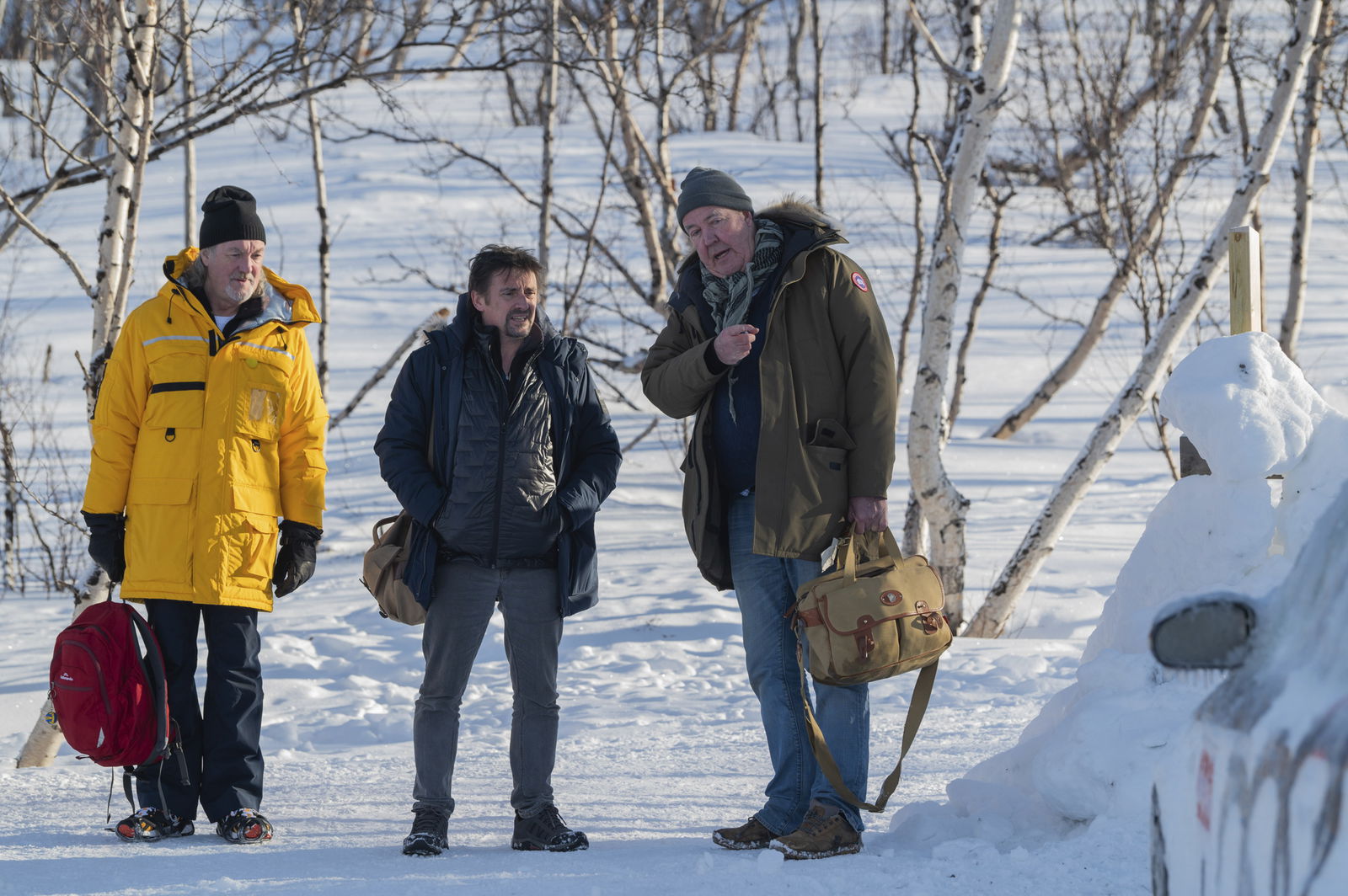
Second-up to bat, amongst the easy ways to drop the ball here, is the nightmarish scenario of asking the new faces to just copy what’s gone before in the hands of some of the world’s most experienced car show-based entertainers. Better that they get their own twist on the show to remove those tough comparisons. It’s time to think of new ways to get bums on seats in homes around the world; owners tuning in for the next instalment of the Grand Tour version 2.0. Which neatly brings us to the third and possibly biggest issue the show and its makers face. Are there actually any new ways to ‘do’ cars on big-budget TV that appeal to many millions of ordinary people per episode?
Clarkson, Hammond and May have driven on almost every continent, gone north, south, east, west, across areas that were recently war zones, up snowy mountains, across deserts, through jungles, the outback, visited many of the most spectacular places on earth that you can reach in a car; hell, they’ve even taken pick-ups to the North Pole and driven through the radioactive Chernobyl exclusion zone. The highest roads, the twistiest roads, the most dangerous roads, the best roads, in supercars, superminis, off-roaders, boats, trucks, motorbikes… yes, even mobility scooters. it was a remarkable and wonderful journey. They even managed to convince the likes of Will Smith, Cameron Diaz and Tom Cruise – Tom sodding Cruise! – to come and drive a Kia Cee’d.
There are loads of car-related YouTube channels out there that we know and love, right? That doesn’t mean they’d make popular or effective TV shows, or whether the ideas would even transfer across. The glory of YouTube is in small-scale silliness and easy recovery from an episode that doesn’t do so well, but TV is a big and unforgiving beast. YouTube content works as it is. On the other hand, the minefield quest to find something genuinely new and effective to put into the Grand Tour has to succeed this time, or else the whole concept of the TV car show as we know it will probably need to be shelved – potentially for a very long time. With an Atlantic Ocean’s worth of water already having passed under this bridge, maybe a rest really is the best thing for it.
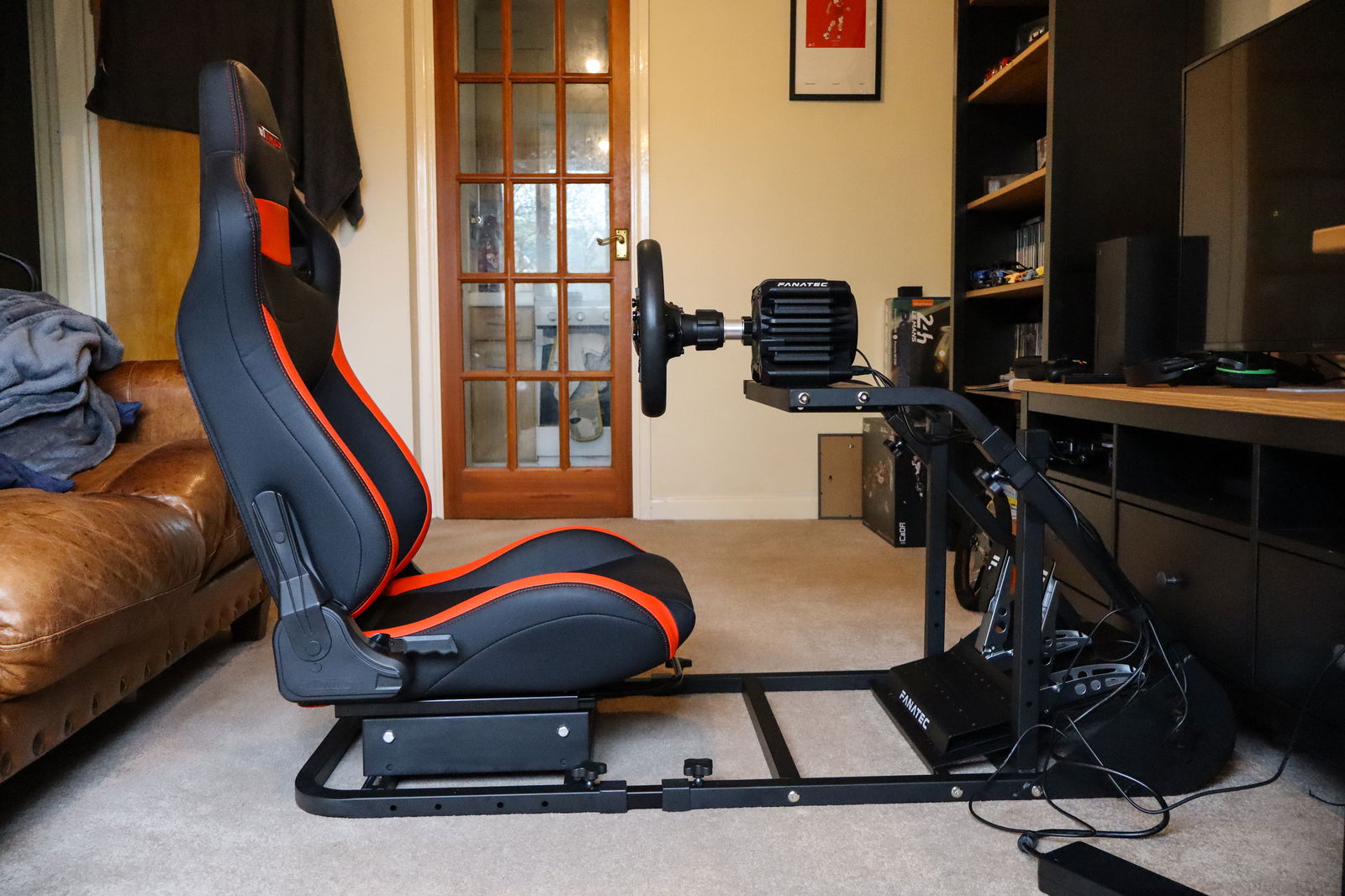
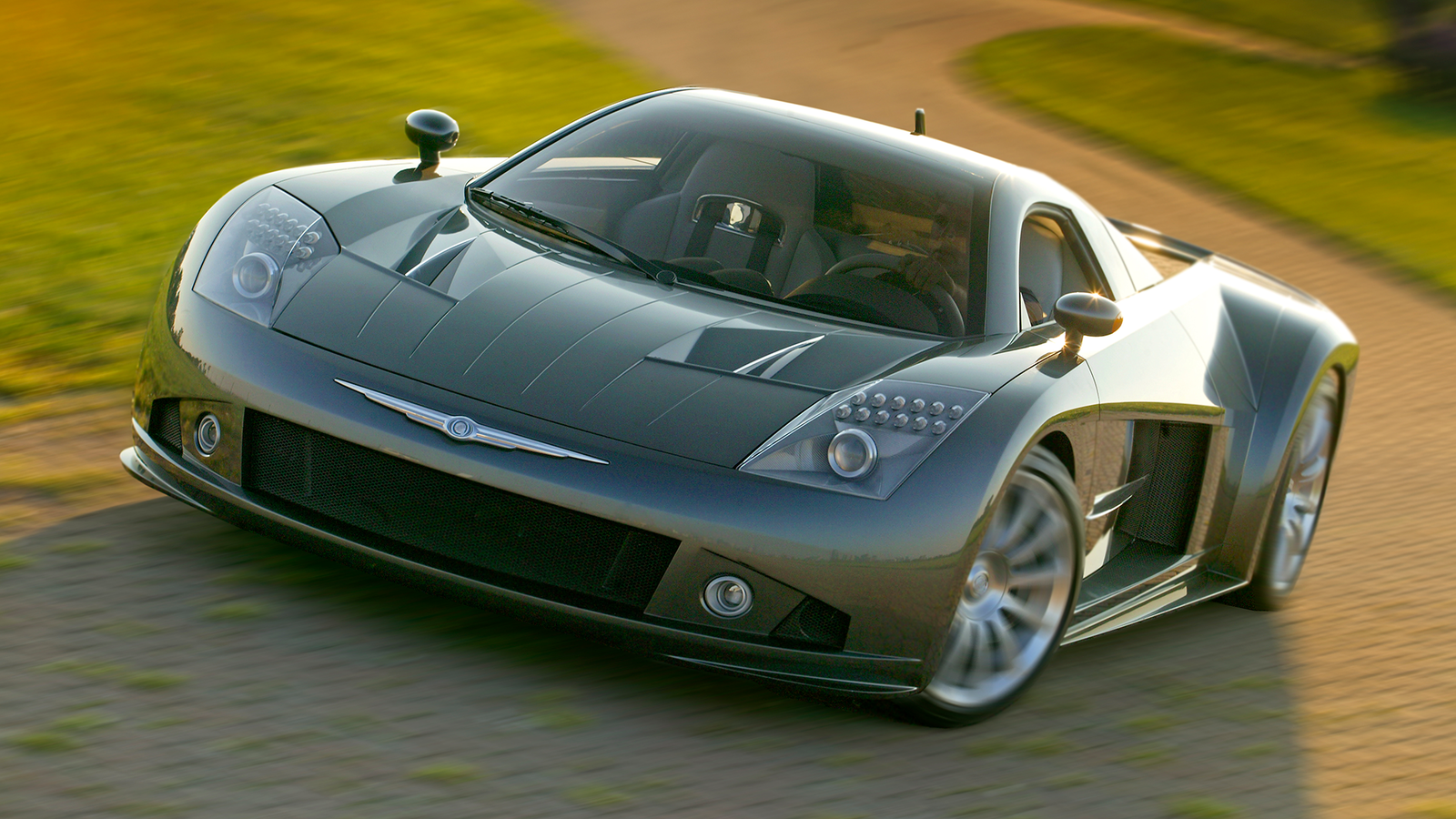
Comments